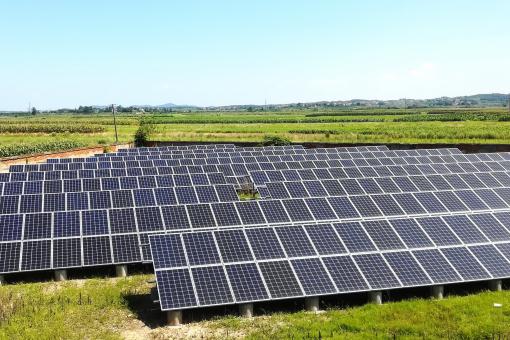A solar on-grid power station system typically consists of the following components:
Solar panels: These are the most critical component of a solar on-grid power station system. They generate electricity by converting sunlight into direct current (DC) electricity.
Inverter: An inverter is a device that converts the DC electricity generated by the solar panels into alternating current (AC) electricity that can be used to power homes and businesses. The inverter also synchronizes the system with the grid.
Mounting system: The solar panels need to be mounted on a suitable surface, such as a roof or ground-mounted frames, to maximize their exposure to sunlight.
Electrical wiring and protection: Electrical wiring is used to connect the solar panels and the inverter, and to connect the inverter to the grid. Protection devices, such as fuses and circuit breakers, are also included to protect the system from damage due to power surges or overloads.
Monitoring system: A monitoring system is used to track the performance of the solar on-grid power station system, including the energy output of the solar panels, the status of the inverter, and any issues or faults that may arise.
Grid connection: The solar on-grid power station system is connected to the local power grid, allowing excess energy generated by the system to be fed back into the grid for use by other homes and businesses in the area.
Overall, a solar on-grid power station system is a highly effective and sustainable way to generate electricity, reducing reliance on traditional fossil fuel-based power sources and reducing carbon emissions.



Comments are closed